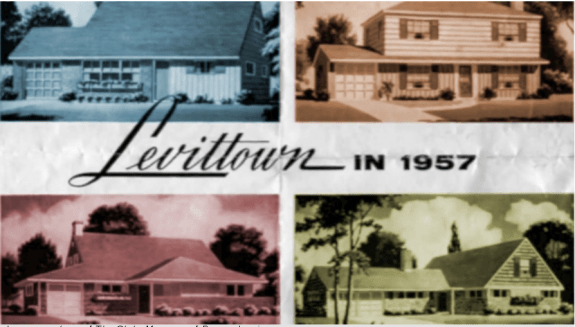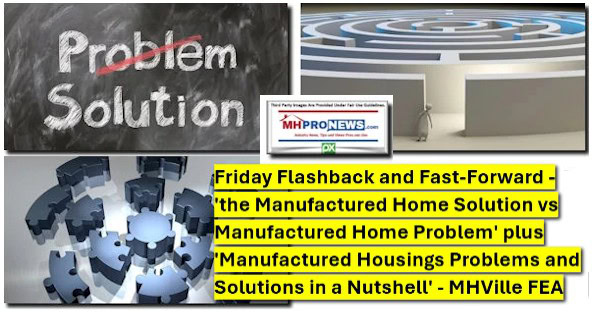
Before the war he and his family built subdivisions outside Manhattan, and in support of the war effort built workforce housing for war workers, and Seabees construction units. This work fed into the ability to mass produce homes, says Carlock.
Trucks delivered materials for each new home at exactly 60 foot intervals. At its height a new house was built every 16 minutes. With the build divided into 27 steps, each worker had a specialized task, from pouring foundations to sweeping dust, reducing labor costs by as much as 40 percent.
Carlock said that was a breakthrough in housing, there was a definite housing shortage, crating a huge demand, and vets could access the GI Bill. While there is nothing quite like a GI Bill in today’s market, the growing demand from Millennials and Baby Boomers for affordable housing may lead to another breakthrough in housing, inspiring new innovations.
He suggests factory-built housing as an option to deal with the demand: “Today’s development community is exhibiting resilience in finding appropriate and relevant housing solutions in our cities and our suburbs. From new innovations in manufactured and modular housing, to increased density in our cities, intergenerational housing and college residences, our industry continues to recognize and seize new opportunities of its own.” ##
(Image credit: State Museum of Pennsylvania)


























